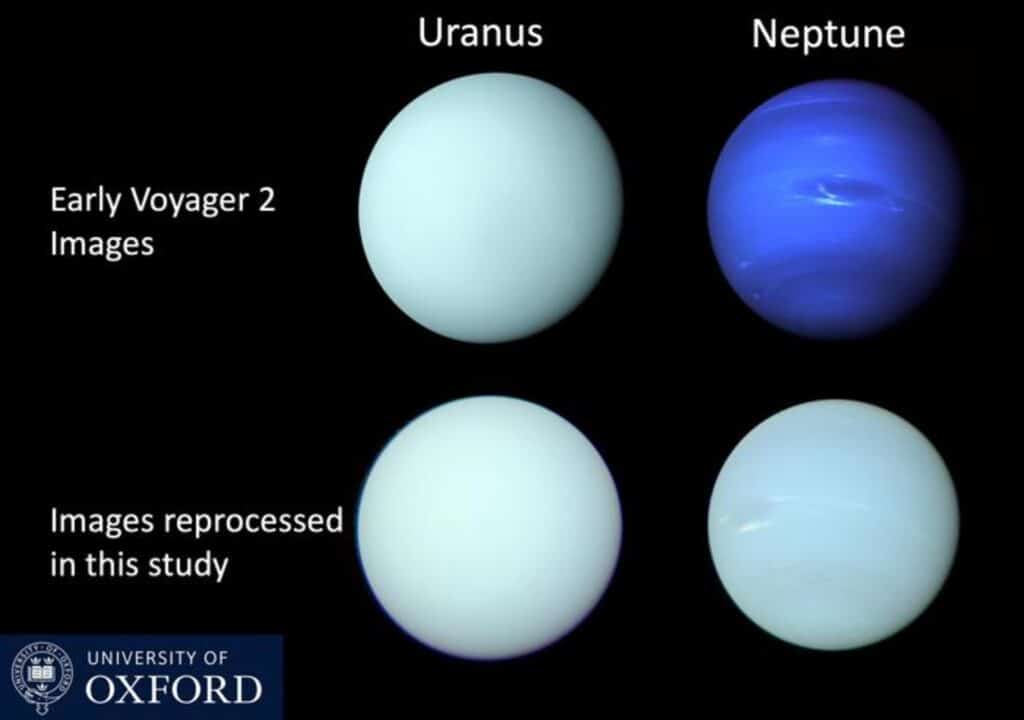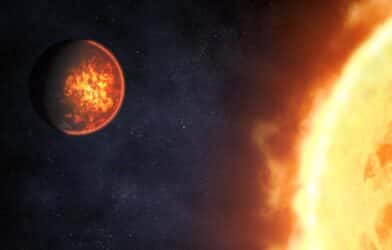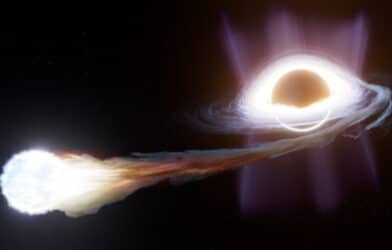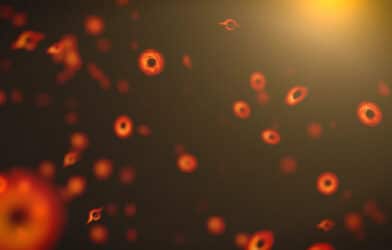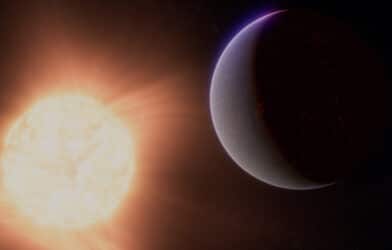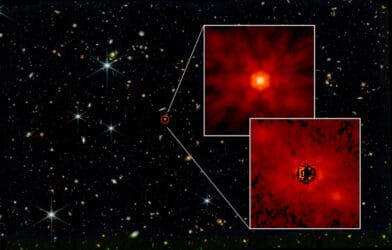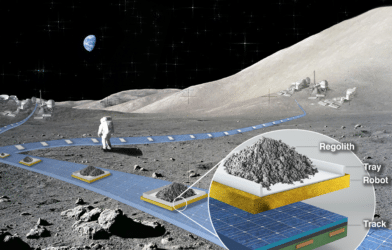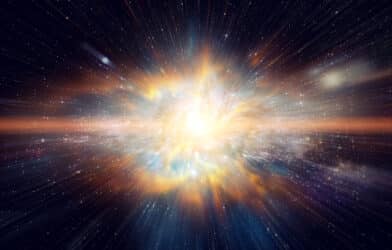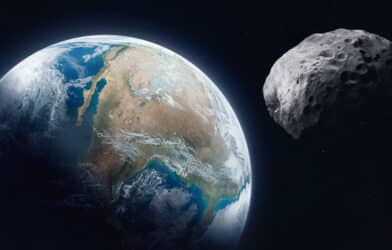Neptune has long been known for its deep blue color, in contrast to the more pale tones of its neighbor Uranus. Now, a new study from University of Oxford scientists unveils surprising insights about the true colors of the two planets. Contrary to popular belief, the two ice giants are more similar in hue than previously thought, both showcasing shades of greenish blue.
Traditionally, Neptune was believed to be a deep azure, while Uranus was thought to have a pale cyan appearance. This misconception stemmed from the way images of the planets were captured and processed in the 20th century. For instance, images from NASA’s Voyager 2 mission, the only spacecraft to fly past these worlds, were taken in separate colors and later recombined, sometimes inaccurately, to create composite color images.
“Although the familiar Voyager 2 images of Uranus were published in a form closer to ‘true’ color, those of Neptune were, in fact, stretched and enhanced, and therefore made artificially too blue,” says study author Patrick Irwin, professor at the University of Oxford, in a university release. “Even though the artificially-saturated color was known at the time amongst planetary scientists — and the images were released with captions explaining it — that distinction had become lost over time. Applying our model to the original data, we have been able to reconstitute the most accurate representation yet of the color of both Neptune and Uranus.”
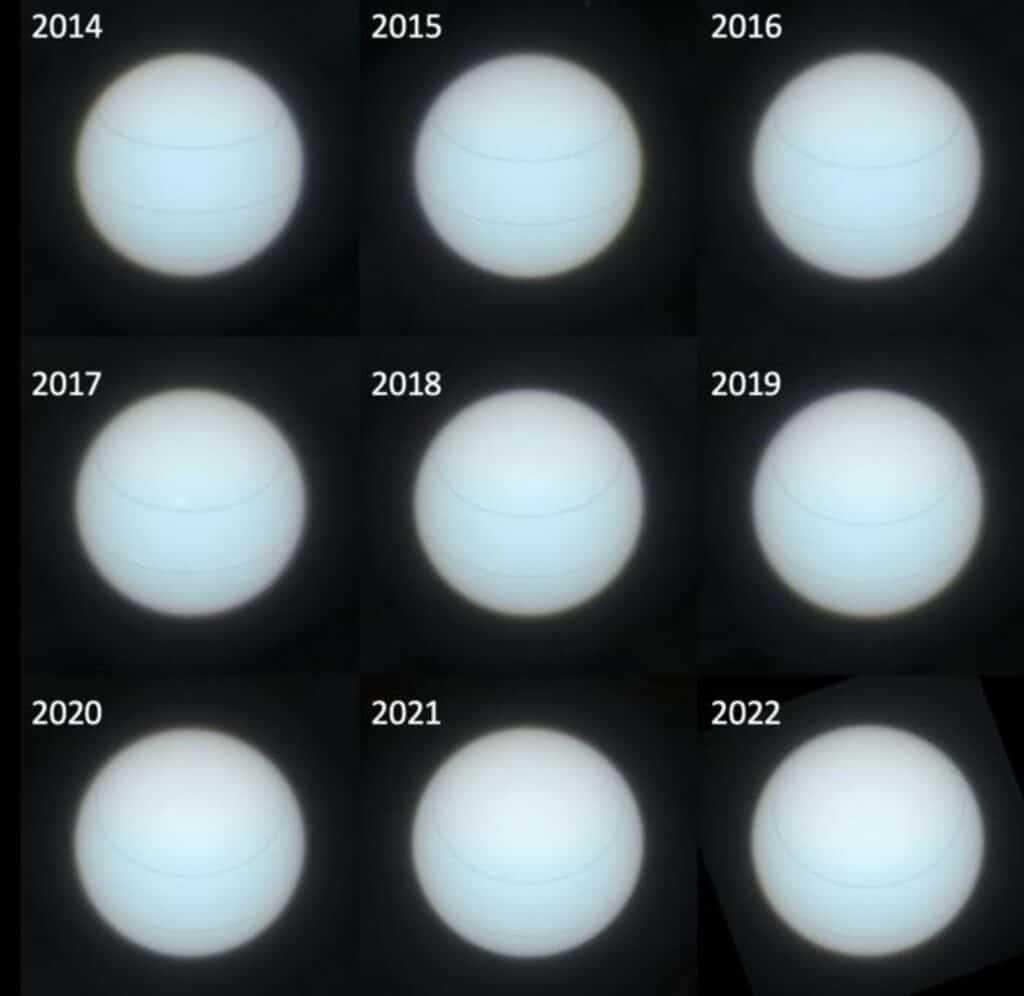
Researchers utilized data from the Hubble Space Telescope’s Space Telescope Imaging Spectrograph (STIS) and the Multi Unit Spectroscopic Explorer (MUSE) on the European Southern Observatory’s Very Large Telescope. These instruments capture each pixel as a continuous spectrum of colors, allowing for a more accurate representation of the planets’ true colors.
By re-balancing the composite color images recorded by both the Voyager 2 camera and the Hubble Space Telescope’s Wide Field Camera 3 (WFC3), researchers discovered that both Uranus and Neptune share a similar shade of greenish blue. The main difference is that Neptune has a slight additional blue tint due to a thinner haze layer on the planet.
The study also addressed the mystery of why Uranus’s color slightly changes during its 84-year orbit around the Sun. After comparing images of Uranus with measurements of its brightness recorded at blue and green wavelengths from 1950 to 2016 at the Lowell Observatory in Arizona, the researchers found that the planet appears greener at its solstices and bluer during its equinoxes.
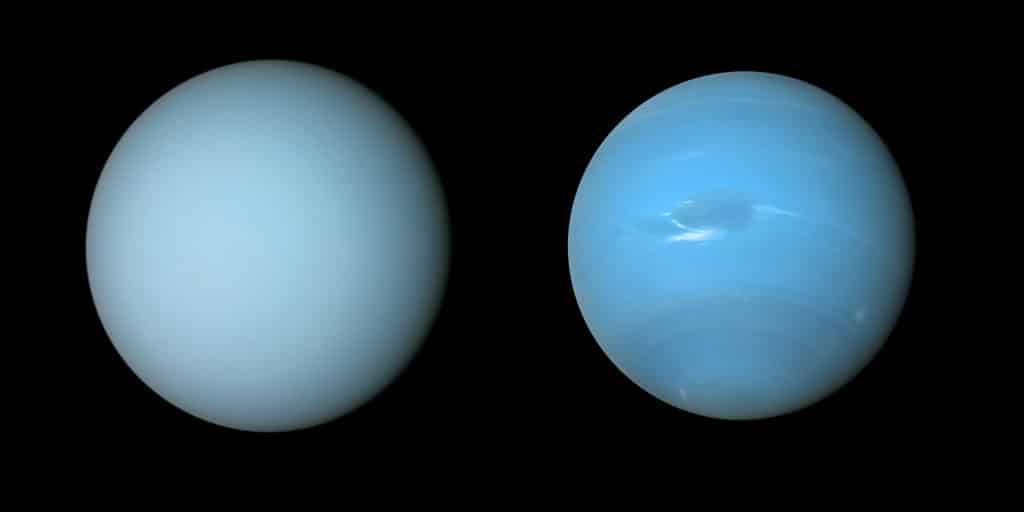
This change in color is attributed to Uranus’s unique spin, which is almost on its side, causing the poles to point almost directly towards the Sun and Earth during solstices. Researchers developed a model comparing the spectra of Uranus’s polar and equatorial regions, discovering that the polar regions are more reflective at green and red wavelengths. This is partly due to the reduced abundance of methane, which absorbs red light, near the poles compared to the equator.
Additionally, the model included a “hood” of methane ice particles over the sunlit pole, which further increases reflection at green and red wavelengths, explaining why Uranus appears greener during the solstice.
“This is the first study to match a quantitative model to imaging data to explain why the color of Uranus changes during its orbit,” notes Irwin. “In this way, we have demonstrated that Uranus is greener at the solstice due to the polar regions having reduced methane abundance but also an increased thickness of brightly scattering methane ice particles.”
Dr. Heidi Hammel of the Association of Universities for Research in Astronomy (AURA), who has extensively studied Neptune and Uranus but was not involved in the study, added, “The misperception of Neptune’s color, as well as the unusual color changes of Uranus, have bedeviled us for decades. This comprehensive study should finally put both issues to rest.”
The study not only challenges our understanding of these distant planets but also underscores the importance of continuous observation.
“A mission to explore the Uranian system — from its bizarre seasonal atmosphere, to its diverse collection of rings and moons — is a high priority for the space agencies in the decades to come,” says study co-author Leigh Fletcher, a planetary scientist from the University of Leicester. “Earth-based studies like this, showing how Uranus’ appearance and color has changed over the decades in response to the weirdest seasons in the solar system, will be vital in placing the discoveries of this future mission into their broader context.”
The study is published in the journal Monthly Notices of the Royal Astronomical Society.
